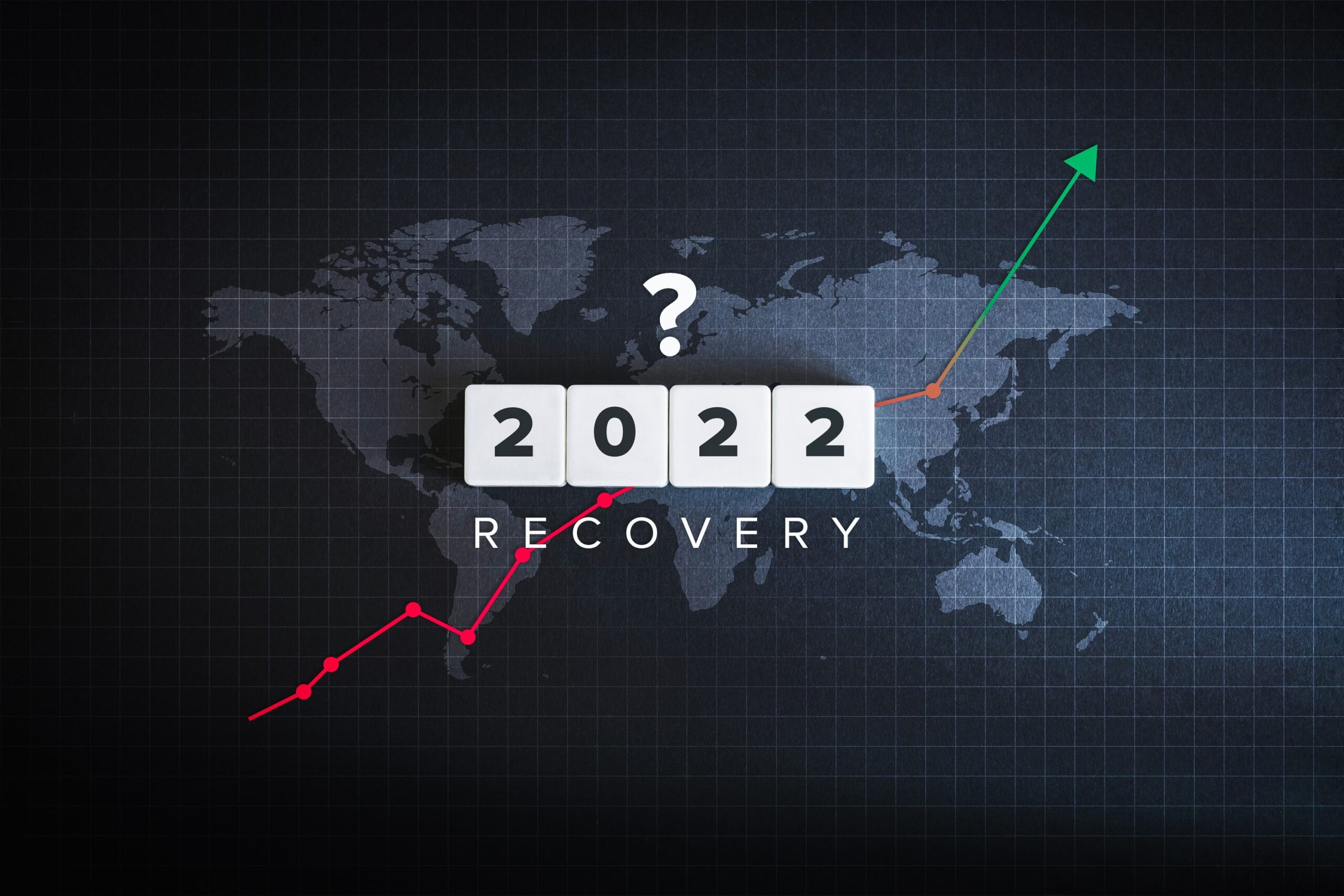IT Automation Holds Key To Post-Pandemic Business Recovery

The COVID-19 pandemic forced organizations to accelerate their digital transformation initiatives. In-person services needed to be revamped for virtual spaces, day-to-day operations had to be reinvented and new digital services had to be delivered.
These transformations put additional pressures on IT teams, many of which were facing budgetary restrictions as a result of economic uncertainty. In order to address these challenges, many IT organizations increased their use of automation. A report by research firm 3Gem found that almost half of IT teams accelerated their use of automation in direct response to the pandemic.
This mirrors findings from Netwrix, which reported 47% of large organizations were prioritizing IT task automation.
Much of this increase in automation was focused on productivity. IT teams spend a sizable portion of their time on routine, day-to-day tasks, up to 45% by some estimates. In order to keep pace with growing business demands, IT teams turned to automation to give themselves more time to complete critical projects.
Two years into the pandemic, and most businesses aren’t yet out of the woods. Recovery and response to the crisis differs between markets and geographies, and in many ways is still uncertain — the threat of more lockdowns, economic recessions, and new strains means businesses are staying on their toes, focusing on resilience and adaptability.
So what does this mean for IT automation moving forward?
Automation Use Cases Are Expanding
We mentioned that about half of all IT teams increased automation in 2020. That figure is expected to almost double in 2022: 3Gem’s research found that 78% of IT teams increased automation in 2021 (compared to 48% in 2020), while Bain & Company also expects the number of organizations scaling their automation to double, sooner rather than later.
Again, much of this is directly attributable to digital transformation. The pandemic forced organizations to transform their services and operations. In many cases, this created new efficiencies and improved customer experiences — for example, remote work, lights out manufacturing, contactless groceries, and telemedicine.
Resilience, adaptability and improved customer experience have been top priorities for business leaders. They understand that IT and digital capabilities are key to succeeding in these areas and are increasing investments accordingly.
Among leading business goals are resiliency, adaptability, and improved customer experience. Business leaders understand that long-term success depends on IT and digital capabilities and are increasing investments accordingly. Overall IT spending is expected to increase 4% in 2022, compared to a 5% drop in 2020, according to Gartner. The biggest areas for IT spend will include cloud, edge computing and enterprise software as organizations ramp-up digitalization efforts and deliver new virtual services.
The Next Five Years
Uncertainty is the new normal as businesses and IT teams try to adapt to evolving circumstances. IT automation makes it possible for IT teams to quickly respond to new business challenges. This includes developing new processes end-to-end, new services, and giving IT teams more time to innovate.
To make this possible, IT teams need reliable, extensible automation environments. New tools need to be rapidly integrated and processes need to be automated and optimized from the get go. All of this should be done through a centralized control panel. By using an enterprise automation platform disparate use cases can be developed, deployed, monitored and managed from a single pane of glass.
Process Automation And Orchestration
In order to meet business demands, IT teams have been automating as many tasks and processes as possible. A study by Ernst & Young has found that 41% of companies are investing in accelerating their automation.
However, IT environments are too complex for simple task automation implemented in siloes. Basic automation tools such as RPA, native schedulers, and custom applications cannot provide the extensibility needed to rapidly automate and orchestrate. Many of these tools require time-consuming custom scripts or other forms of unreliable integration.
In order to create seamless, reliable processes that manage data across diverse endpoints, IT leaders are pushing for process automation and orchestration. Gartner expects that by 2024, 80% of IT teams will replace their traditional automation tools with service orchestration and automation platforms (SOAPs). SOAPs are highly extensible workload automation platforms that enable IT teams to rapidly integrate new tools and technologies, and to monitor and manage diverse processes from a single location.
“SOAPs do not represent a new market, rather a transformation of a mature market for workload automation tools to meet modern infrastructure, application and data requirements.”
Gartner, Market Guide for Service Orchestration and Automation Platforms
By automating manual tasks, IT teams can prevent unnecessary errors, optimize processes, and deliver data faster. More can be done with less — improved reliability means less time spent troubleshooting. And by orchestrating processes from a single location, IT can streamline the development, management, and monitoring of disparate processes. More can be automated faster.
Additionally, modern workload automation platforms provide easy-to-use REST API adapters that drastically reduce the need for custom scripting. This makes it possible for IT professionals to quickly develop end-to-end processes regardless of their experience levels or knowledge of underlying technologies, helping IT teams to bridge the skills gap.
Stay ahead of business needs with reliable, reusable integrations
See how API adapters enable developers of any skill level to build connections for end-to-end processes and IT services.








